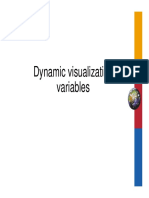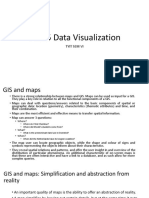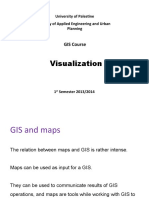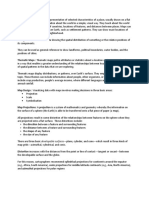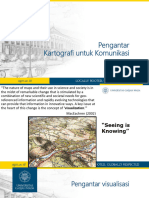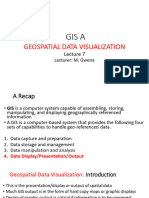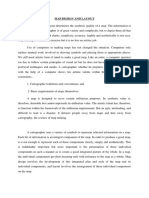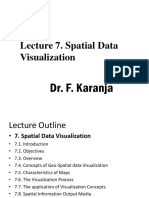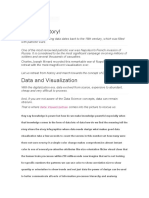0% found this document useful (0 votes)
49 views22 pagesChapter 9
The document discusses mapping time and how to represent changes over time in maps. It covers single static maps, multiple static maps, animated maps and the different dynamic visualization variables that can be used like moment, duration, frequency, order, rate of change and synchronization.
Uploaded by
Saroj PoudelCopyright
© © All Rights Reserved
We take content rights seriously. If you suspect this is your content, claim it here.
Available Formats
Download as PDF, TXT or read online on Scribd
0% found this document useful (0 votes)
49 views22 pagesChapter 9
The document discusses mapping time and how to represent changes over time in maps. It covers single static maps, multiple static maps, animated maps and the different dynamic visualization variables that can be used like moment, duration, frequency, order, rate of change and synchronization.
Uploaded by
Saroj PoudelCopyright
© © All Rights Reserved
We take content rights seriously. If you suspect this is your content, claim it here.
Available Formats
Download as PDF, TXT or read online on Scribd
/ 22

